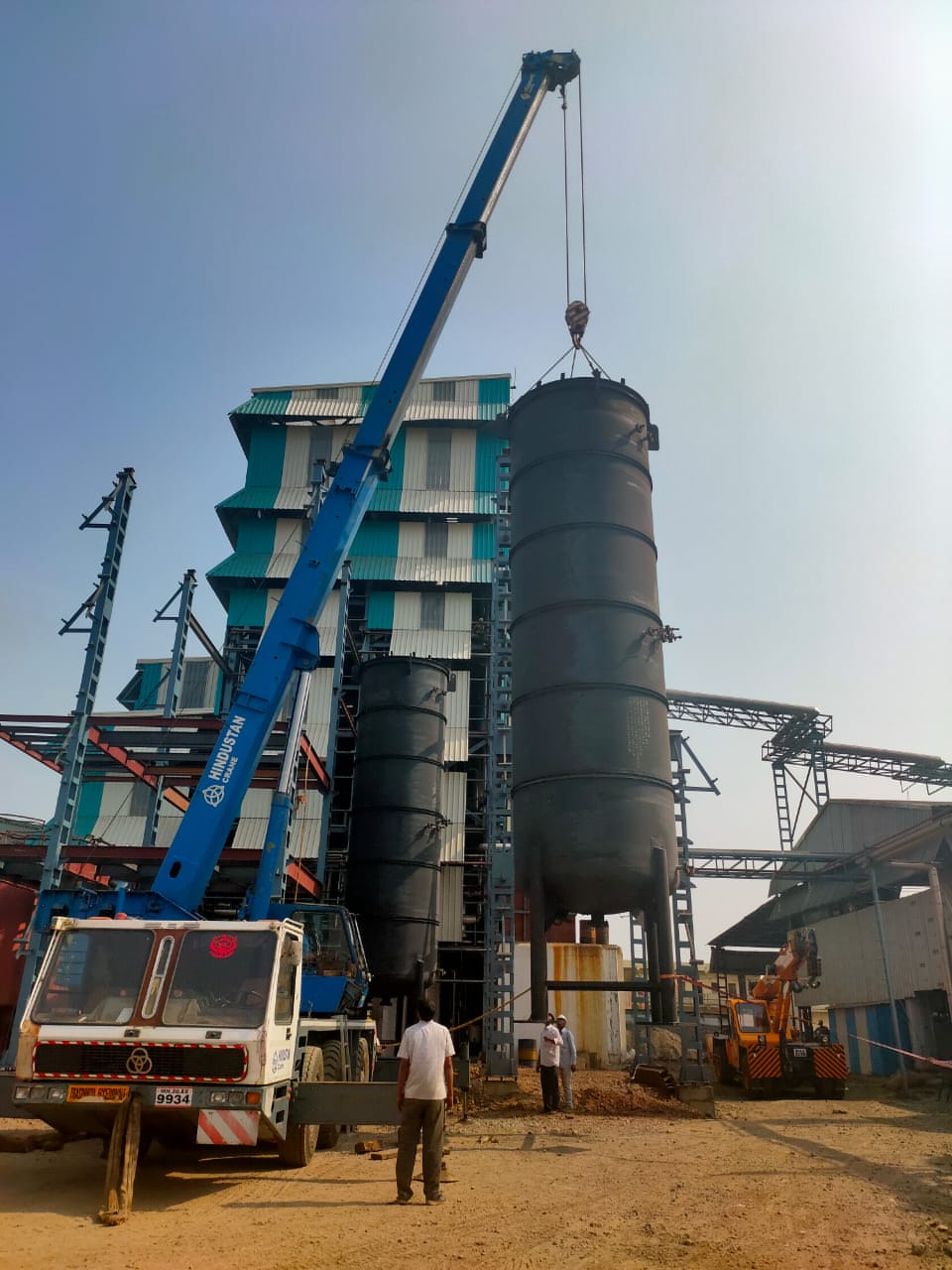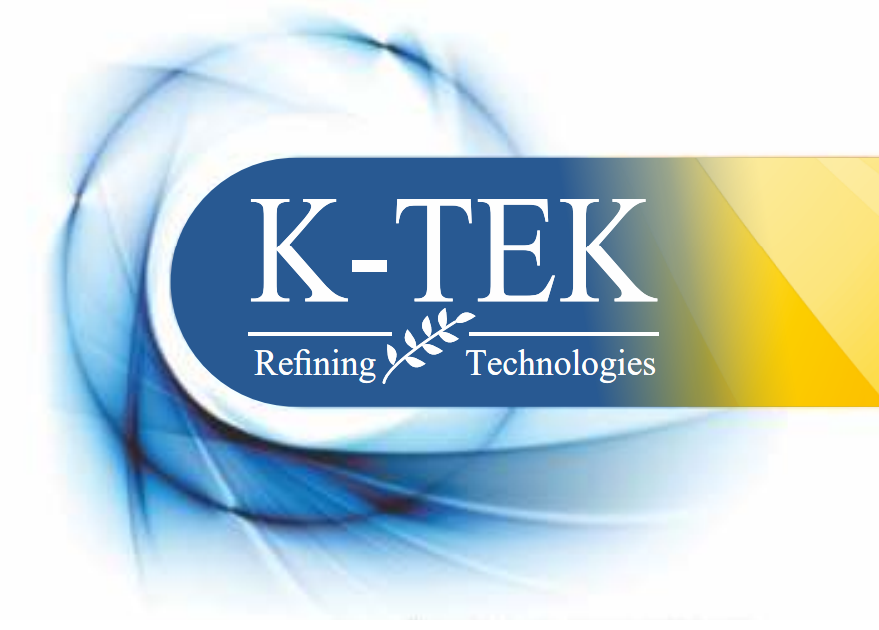Fat Modification
Hydrogenation
Hydrogenation is a modification process applied in edible oils processing industries for over a century. Also called ‘hardening’, it is mainly used on liquid vegetable oils like soybean, rape or sunflower to increase their oxidative stability and improve their melting properties by reducing their degree of unsaturation.
Hardened oils display improved consistency and increased melting points, almost behaving like fats! Hydrogenation is also applied on palm kernel stearin (produced via dry fractionation) to obtain fats with melting properties similar to cocoa butter.
This process is used for hardening the natural oils in order to produce solid or semisolid edible fats, in particular margarine and shortening. Hydrogen with high purity (99,9%) and nickel catalyst are necessary. The proposed process is normally batch, with operating pressures from 0.5 to 5 bar max and temperatures in the range of 180 to 220°C. The plant can be equipped with partial or integral heat recovery system (in this case there is no steam consumption). Hydrogenation plant “Loop reactor” type. In alternative, plants based on the “Loop Reactor” technology can be supplied.

Neutral oils and fats can be hydrogenated totally or selectively to any desired I.V. In order to completely remove the nickel catalyst, a post bleaching treatment is normally carried out.
Chemical Interesterification
There is no possibility of a partial reaction in CIE which is contrast to hydrogenation and EIE. This is because the CIE occurs very rapidly once started, and equilibrium is reached within minutes. The reaction will therefore
be completed and the properties of the inter-esterified product can only be controlled by the composition of the fat ingredients. Although the reaction time is short, washing, bleaching, and deodorization are required after CIE. The most common chemical catalysts are sodium methylate (methoxide) or sodium ethylate (ethoxylate). The catalyst shifts the fatty acids of the triglycerides around randomly. No trans fatty acids are produced, but the catalyst requires thorough purification downstream after the IE to give the required quality.
The drawback of CIE is that the catalysts are very reactive and must be handled with extreme care to prevent contact with the skin or eyes. The level of CIE cannot be controlled. In contact with water, the catalysts may explode. The process is carried out under harsh conditions and by-products are formed. These by-products are removed by bleaching and washing. In CIE, all three positions of the triglycerides are shifted randomly, which creates a less natural fat compared to the EIE method. The process produces waste water, and oil loss due to the posttreatments.
Dry Fractionation Of Palm Oil
Natural edible oils are multi-component mixtures consisting of various triglycerides. The complex composition partially results in a very broad melting temperature range. Thus, they are unsuitable for different applications in food technology.
Further applications for such fats are possible by fractionating into components with smaller melting temperature ranges. Different fractions can be obtained from a single crude fat. Fractionated fats and oils can be widely used in nutrition:
- The low melting fraction of an edible fat can be used e.g. as an adequate substitute for conventional salad oils;
- The higher-melting fraction of an edible fat can be used e.g. for the production of margarine or shortening;
- The mid-fractions can be used as substitutes for the expensive cocoa butter;
- Certain special fats, such as deep frying oil, diet margarine, shortening or mayonnaise are preferably made from fat fractions.

In the fractionated crystallization process most frequently used in the industry, the various triglycerides contained in plant fats are separated.
The higher melting components are crystallized and the hard fraction is subsequently mechanically separated
from the liquid. The machines and devices for fractionation manFlexactured by K-TEK feature a comprehensive range of application. All common fats such as palm oil, hardened fish or rape oil palm kernel oil· coconut oil
and butter fat can be processed.
We recommend the “dry” fractionation process from the melt because this process operates without any additives resulting in:
- Physiologically neutral products as additives do not cause contamination,
- High operational safety as solvents do not present explosion hazards,
- No contamination of the wastewater or exhaust air as they are completely free of additives,
- Fully automatic operation,
- High flexibility in the cooling profile design,
- Reduced cycle time,
- Improved quality,
- Higher yield
Crystallizer
The crystallizer is of particular importance for the entire fractionation process cycle.
We have designed a special device for holistic tempering of the material to be processed. In comparison with conventional Crystallizer from K-TEK distinguishes by:
- The improved distribution of the heat exchange surface inside the crystallizer,
- An enhanced cooling surface/ crystallizer volume ratio,
- The improved heat transfer rate (k value).
The modified crystallizer from K-TEK is equipped with large surface area cooling pipes arranged in compartments.
The moving speed of the agitator in the oil can be adjusted by a variable speed gear or a frequency converter.

